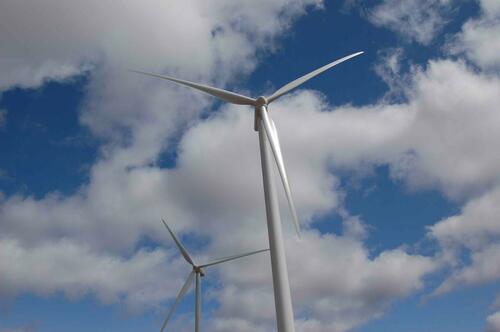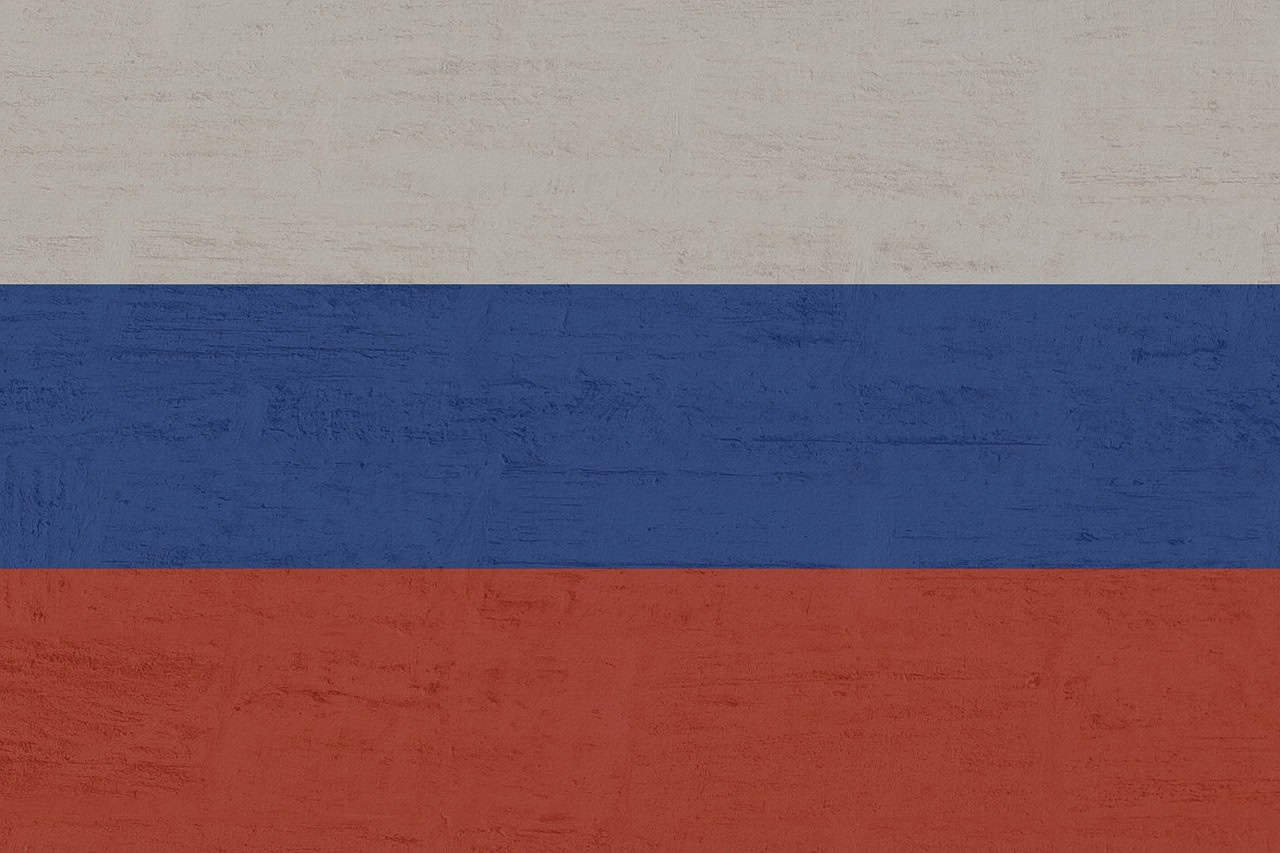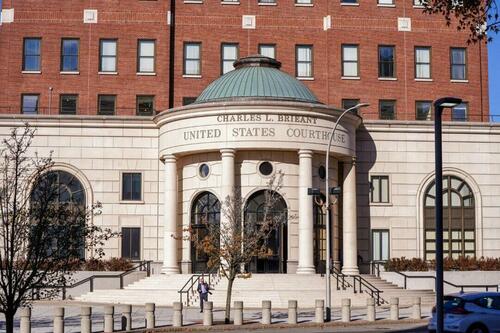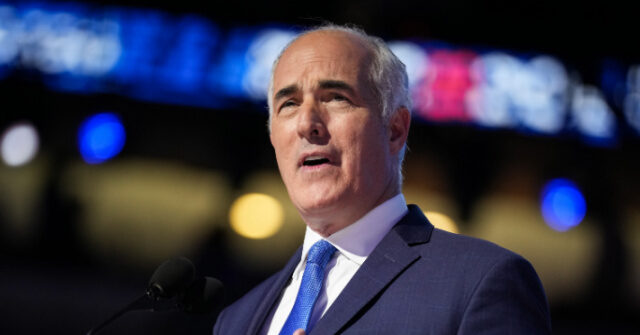
From hitjobs to sabotages and cyberattacks, Israel has either been blamed for or has itself claimed a variety of attacks against Iran.
In Israel’s sights are Iran’s elite Islamic Revolutionary Guard Corps and Tehran’s nuclear programme.
As Israel launched a series of air strikes Saturday, which it said were aimed at Iran’s military infrastructure, AFP looks at the other attempts over the years.
– Revolutionary Guard –
Israel has been blamed for targeting top members of Iran’s Revolutionary Guards, mostly in attempts outside their country’s borders.
Latest victims include a general killed on September 27 by the side of Hezbollah chief Hassan Nasrallah in an Israeli strike in the suburbs of Beirut.
An air strike blamed on Israel on Iran’s consular annex building in Damascus on April 1, 2024 killed, according to Tehran, seven members of the Revolutionary Guards, including two of top rank.
The recent killings are only the latest in a long list.
In December 2023, a commander died in Syria in an attack blamed on Israel, a year after a colonel was killed, also in Syria.
In May 2022, Sayyad Khodaei, a member of the Quds Force, the unit in charge of the Guards’ external operations, was gunned down by two motorcyclists on his way home in Tehran. According to the New York Times, Israel told the United States that it was responsible for the hitjob.
General Hassan Moghadam, responsible for armament programmes, was killed in an explosion at a munitions depot in November 2011 close to Tehran, in an operation blamed on the United States and Israel.
– Iran’s nuclear programme –
Israel has also been accused of carrying out targeted assassinations against several high-ranking Iranian physicists, often linked to Tehran’s nuclear programme.
Among them are nuclear physicist Mohsen Fakhrizadeh, killed in November 2020 and presented after his death as a vice minister of defence.
Scientist Mostafa Ahmadi Roshan, who was working on the Natanz nuclear site, and Majid Shahriari, the founder of Iran’s nuclear society, as well as particle physics professor Massoud Ali Mohammadi were others killed over the years.
Israel has also been accused of sabotaging Iranian nuclear installations, mainly the Natanz complex to the south of Tehran.
On April 11, 2021, the site saw a small explosion, according to Iran’s atomic energy agency.
The New York Times reported that Israel played a part in the “strong blast” that apparently took out the internal electric system supplying uranium enrichment centrifuges.
Another “accident” also hit Natanz in July 2020, in what Iran’s atomic agency had said was a “sabotage”.
In September 2010, a cyberattack using the Stuxnet virus took out the enrichment centrifuges at Natanz.
Iran accused Israel and the United States, while information security experts also pointed the finger at Washington.
– Iran’s allies –
Iran’s allies too have found that Tehran is not always safe shelter.
Hamas political chief Ismail Haniyeh was killed on July 31 in Iran’s capital in an attack blamed on Israel. He was in Tehran to attend the inauguration ceremony of Iran’s new president Masoud Pezeshkian.
– Iranian petrol –
In March 2021, the Wall Street Journal, citing US and Middle East officials, reported that Israel had in 2019 targeted at least a dozen vessels travelling to Syria and in most cases, transporting Iranian petrol.
The report said Israel had deployed underwater mines in the assault.
Through 2021, Israel and Iran accused each other of naval sabotages.






